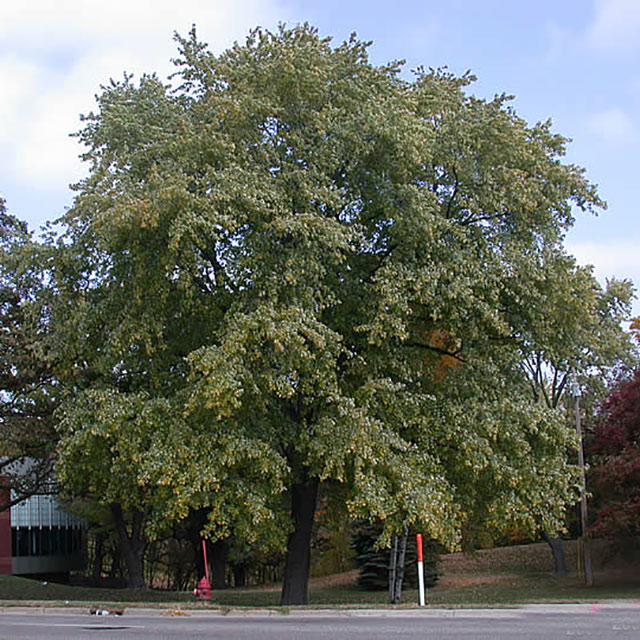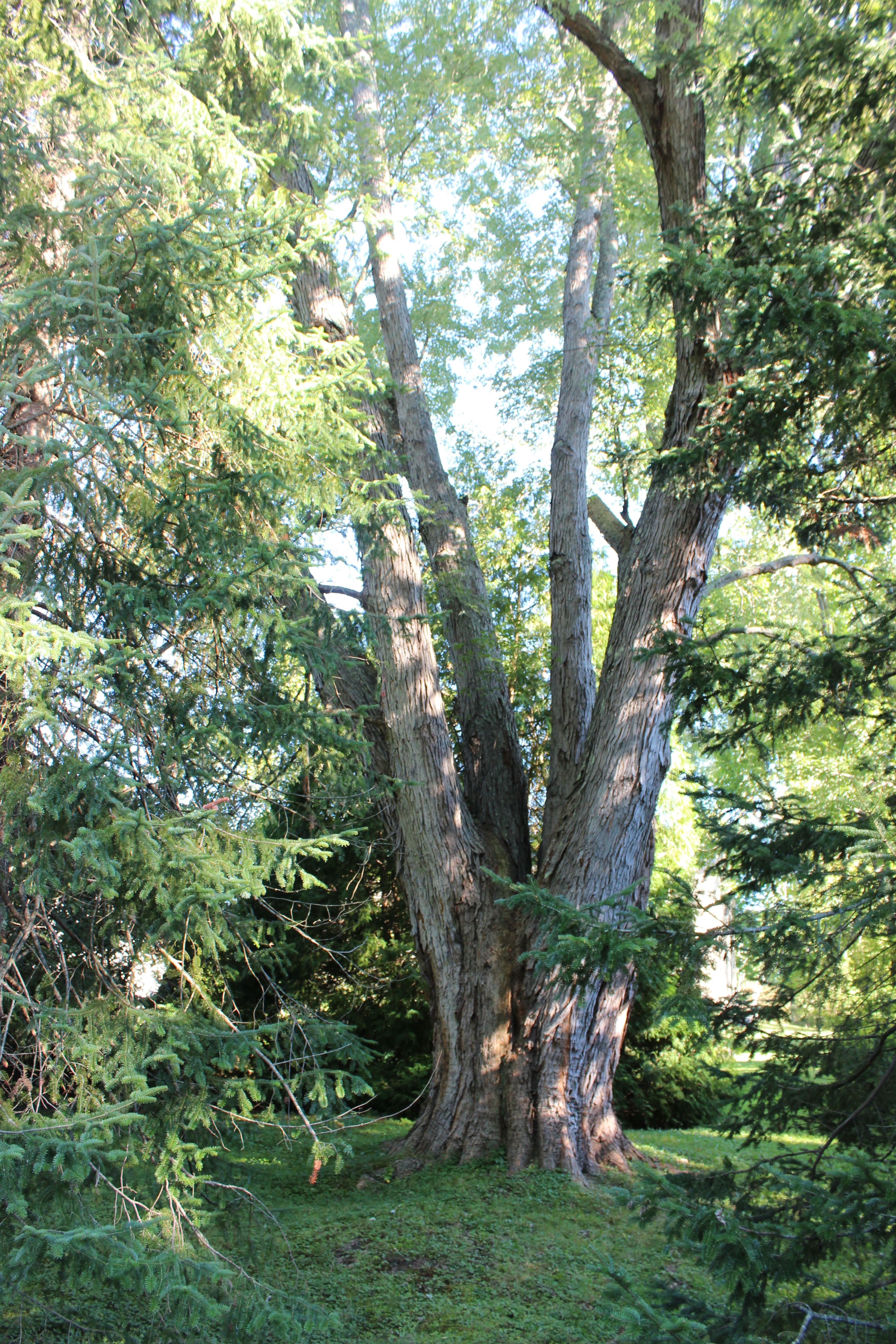

The disease resembles, and may be confused with, a physiological problem called scorch. Anthracnose is more of a problem in rainy seasons.The insect forms a cottony mass on the lower sides of branches. Perhaps the most common is the cottony maple scale. Scales are an occasional problem on maples.Aphids infest maples, usually Norway Maple, and may be numerous at times.The problem is not serious so control measures are not suggested. The crimson erineum mite is usually found on silver maple and causes the formation of red fuzzy patches on the lower leaf surfaces. The most common gall is bladder gall mite found on silver maple. The galls are small but can be so numerous that individual leaves curl up. Gall mites stimulate the formation of growths or galls on the leaves.The leaf stalk shrivels, turns black, and the leaf blade falls off. Leaf stalk borer and petiole-borer are insects that bore into the leaf stalk just below the leaf blade.And, just like most living creatures on planet Earth, trees are prone to diseases. Trees are an essential part of the food chain for some insects and tree pests. Even though not popular for furniture making, the wood of silver maple tree is sometimes used for this purpose too.A leaf on a Silver Maple tree with Maple Bladder Gall which is caused by Eriophyid mites. The sap of this tree is used in some regions, as a remedy for cough and liver complaints. The syrup extracted from the silver maple is found to be low in sugar content, and is rated as satisfactory. As in case of certain other maple tree species, even the silver maple is used for syrup extraction. The silver maple is commonly used for bottom land reforestation and for rehabilitation of degraded and surface-mined lands. They transform to winged seeds during summer. The flowers of this maple tree are greenish-yellow to reddish in color, and are not conspicuous. Most of these maples have short trunks with a lot of ascending branches. This changes as the trees age, and in older ones, you can find a dark gray bark with a rough texture. In case of young trees, the bark is smooth with a silvery gray color. However, there are certain cultivars that have bright yellow, orange, and even red fall foliage. Most of these trees develop a pale yellow fall foliage, and this color change lasts for a very short period. The leaves of this maple tree have five lobes with deep indentation between the lobes. On the upper side, these leaves are green in color. The Silver maple leaf has an exquisite shape with a silvery underside. In most cases, the crown has a roughly oval or rounded shape. Silver maples produce numerous branches that make the tree dense with foliage.

Some of them may have a length of more than 100 feet. Silver maple trees can grow to a height of around 50 to 80 feet. The growth rate of these trees may slow down as they grow. Most of the silver maples are medium to large in size. The tree has a beautiful and dense foliage that turns yellow during autumn. It has a very fast growth rate, and can be transplanted and propagated without much efforts. Even though they like moist soil for a healthy growth, these trees are highly adaptable, and can be grown easily in other conditions too. Its alternate name water maple explains its nature of growing near water bodies. The name silver maple is derived from the silvery underside of its leaves. A commonly found maple tree in the United States, the silver maple is also known in many other names, like river maple, creek maple, silver leaf maple, soft maple, water maple, and white maple.


 0 kommentar(er)
0 kommentar(er)
